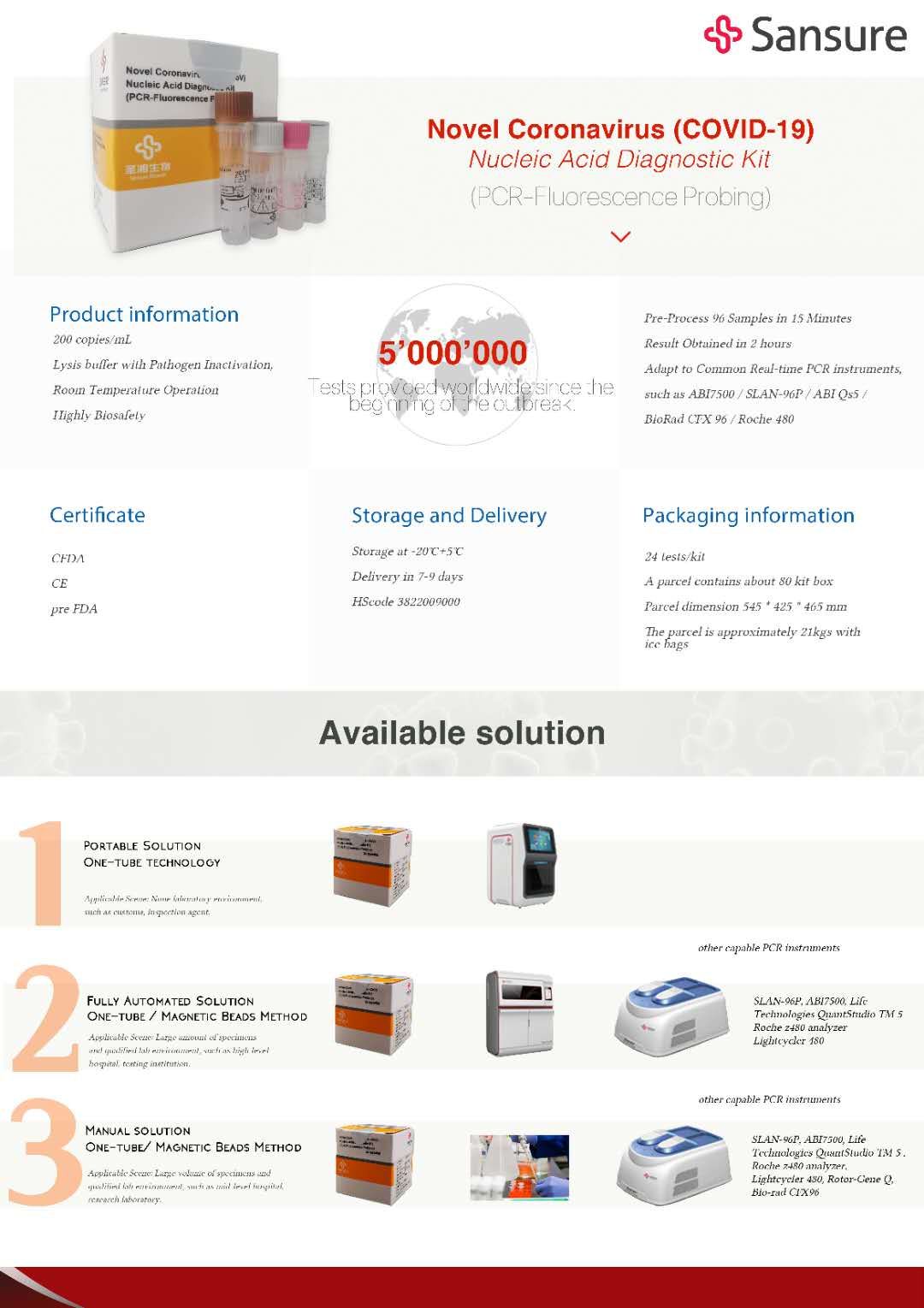I. Raising the reproductive power of rams
1. Strengthen feeding management. Moderate nutrition is very important for improving ejaculatory volume and semen quality. Poor body condition has a great influence on semen quality, but over body fat also affects semen quality. The period of occurrence of spermatozoa is approximately 45 days. Therefore, nutrition should be strengthened one and a half months before breeding to ensure that good quality semen can be obtained by starting breeding.
2. Select good rams. Male rams are selected from the progeny of ewes with high fertility. Such rams have genes with high fecundity. Select male rams with high fertility under adverse environmental conditions. Such rams can fully exert their high fertility performance under good conditions.
3. The relationship between sperm and temperature in semen. At 38°C, semen activity is normal, metabolism is strong, but it quickly loses its ability to move; at 15 to 38°C, sperm motility is significantly reduced and metabolism is slow; at 5-15°C, sperm is changed from advancing to Oscillation; At 0 to 5°C, sperm activity stops completely and it is in a dormant state.
4. Treatment and in vitro storage of semen. To improve sperm fertility, semen must be properly handled and properly preserved. If the ejaculated semen is inseminated at the time, an appropriate amount of diluent, such as fresh milk (up to 5 times the original semen), should be added according to the amount of insemination, which can both dilute the semen and provide nutrients for the sperm. If semen needs to be stored for a long time or transported over long distances, it is necessary to make frozen sperm granules and store them in an environment of -19.6°C.
5. Osmotic pressure. It is only when the diluent is isotonic with the semen that the sperm can remain viable. Therefore, when diluting the semen, it is strictly forbidden for semen to come into contact with water. The diluent must be isotonic (such as fresh milk) because hypertonicity and hypotonicity can damage the sperm.
Second, improve ewe fertility
1. Strengthen the management of ewes to ensure full breeding. The sheep in our district are supplemented by grazing. However, in recent years, due to the large amount of land reclamation in agriculture, there are fewer and fewer grazing pastures. It is not enough to feed grazing sheep alone, and supplementary feeding must be strengthened. As the saying goes, one can eat three full meals a day and two lambs a year. One can eat two full meals a day and only one lamb is produced each year. Therefore, let the sheep eat, full of breeding, is conducive to the production of twin lambs.
2. Choose ewes that have the potential to produce twin lambs. Maternal lambs are selected from the offspring of the twin lambs, and such lambs have the potential to produce twin lambs. In addition, the choice of 2 to 3 years old ewes is more likely to produce twin lambs.
3. Use breeding techniques to increase ewe fertility.
1 Use two-year three-child technology to shorten the interval between parity and increase the frequency of lamb production and shorten the reproductive cycle. This technique must be implemented when the ewes are in good condition. The first year of breeding in July, lambing in December, mating in March of the second year, lambing in August, mating in December, and lambing in May of the third year, thus achieving the goal of two years of three births.
2 Application of embryo transfer technology. It is possible to use female animals of non-excellent breeds as female parents, transplant fertilized eggs of females of elite breeds, and produce superior offspring, thereby improving the utilization rate of elite breeders.
3 The use of double lamb, can effectively stimulate multiple ovulation ewes, that is, ovulation 2 to 3, in order to achieve the purpose of producing lambs.
4. Breeding season control. Sheep are seasonal estrus animals. This feature is the result of long-term evolution of animals in order to adapt to the natural environment. It is determined by the lambing time that is most suitable for the survival and development of lambs. Artificially changing the seasonality of sheep breeding is an important measure to increase the breeding rate of sheep.
1 overcome the boring season. In non-breeding seasons, hormones such as estradiol and diethylstilbestrol are used to promote estrus in ewes, thereby shortening the gap between lambs and increasing the breeding efficiency of ewes.
2 In the 30 days before the normal breeding season, artificially shortening the light time can achieve the purpose of early mating season. Introducing rams into the ewes before the normal breeding season can induce ewes to advance estrus.
5. Use Lamb Early Weaning Technique. Lamb 2.5 to 3 months of age is beneficial to the development of lambs, which facilitates management of lambs. It also helps the ewes restore their body condition, catch their eggs and breed, and improve reproductive performance.
Third, improve artificial insemination technology
1. timely insemination. The ewes on the day of the estrus must have their inseminations sooner or later. If they continue to be estrus, they will lose their insemination the next morning, which will ensure the fertility rate.
2. Insemination essentials. Insemination requires five not to lose, that is, no heat does not lose, Baoding is not lost, can not find the mouth of the cervix does not lose, there is no loss of disease, expired does not lose. The rate of insemination is slow, avoiding the sperm being impacted. Insemination should be timely, deep, light insertion, slow injection.
3. Ewe management after insemination. After the insemination, the ewes must rest for half an hour to get out of the circle and slowly grazing to prevent the ewes from running and diving. In addition, the ewe after mating should be marked, and grazing should be carried out with the ewes that are not bred. After 15 to 17 days after mating, observe whether there is any return to the ewes. If there are, replenish the ewes in time to avoid delays. Estrus cycle.
Classification of testing reagents on the market:
1. Nucleic acid detection reagents((2019-nCoV) Nucleic Acid Diagnostic Kit) are medical reagents, with high accuracy and high price. The throat takes liquid samples for testing. It takes 2 hours to produce the results. It requires professional equipment. The professionalism is high. The compliance rate is 97%. Degrees of preservation, dry ice transportation! Suitable for hospitals, government agencies!
2. Antibody Detection Reagents(COVID-19 IgM/IgGAntibody Detection Kit) are civilian detection reagents that need instrumental assistance. The accuracy is average. The blood test can produce results in 15-30 minutes. It is fast and simple, and the price is low (about 8.5 US dollars). It is shipped at room temperature! Suitable for civilian use
3. Colloidal gold,test kits(Colloidal Gold COVID-19 IgM/IgG Detection Kit), civil reagents, blood tests, pregnancy test papers, no instruments required, fast results in 5 minutes, a few minutes, 8 US dollars each! Normal temperature transportation.


Nucleic Acid Diagnostic Kit
Pcr Instrument,Antibody Detection Kit,Antibody Detection Reagents,Nucleic Acid Diagnostic Kit
Guangzhou Zhongzhinan Supply Chain Co.,Ltd. , https://www.gzzhongzhinan.com